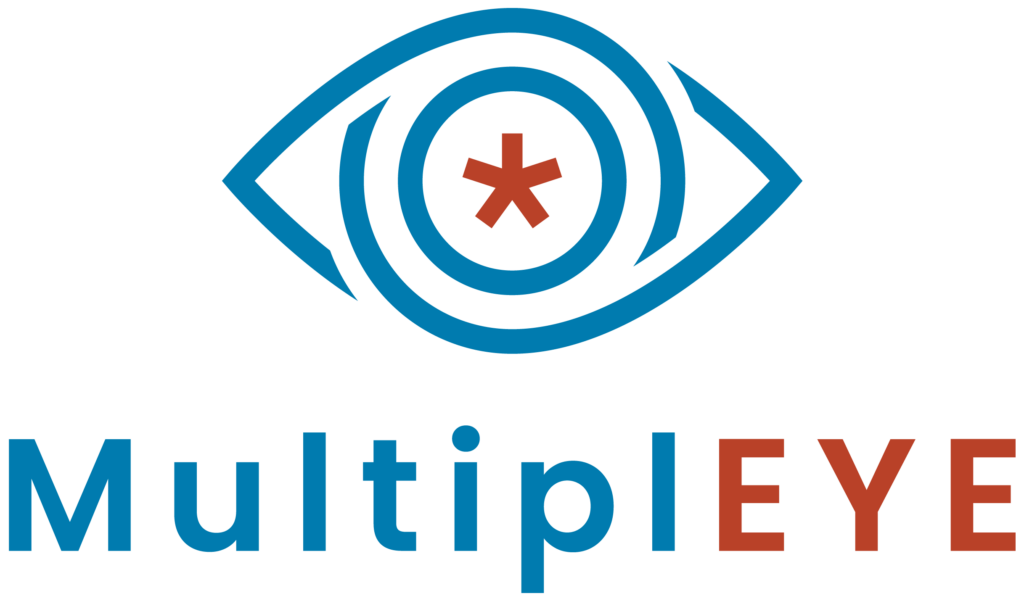| Author(s) |
Title |
| Adrian Brasoveanu, Jakub Dotlacil |
The Learnability of Model-Theoretic Interpretation Functions in Artificial Neural Networks |
| Alessandro Lopopolo, Milena Rabovsky |
Surprisal is Influenced by Syntax and Semantics, but not Equally across Language Models |
| Alexandra Sarafoglou, Canaan R. Tsabary, Weike Huang, Shiru Zhang |
An eye-tracking approach to meaning representation |
| Annika Schebesta, Jessica Nieder, Motoki Saito |
Predicting compound branching directions with distributional semantics |
| Asya Zanollo, Tommaso Sgrizzi, Cristiano Chesi |
Structural sensitivity does not entail grammaticality: assessing LLMs against UHFH |
| Ayla Karakaş |
Exploring the impact of dependency length on learnability |
| Brooklyn Sheppard, Stephen J. Winters |
Exemplar theoretic modelling of the perception of phrasal prominence |
| Canaan Breiss, Anna Runova |
A Bayesian meta-analysis of inductive bias in phonological learning |
| Chariton Charitonidis |
Context Granularity and Affective Semantics: Semantic Prosody vs Sentence-Level Annotation in the Feel Blue Corpus |
| Dániel Arató |
Gradual judgements from rival constructions |
| Deanna DeCarlo, William Palmer, Lasse van den Berg, Xiaomeng Zhu, Maryam Elbenni, Sachien Fernando, Daniel Koldobskiy, Annie Ye, R. Thomas McCoy, Robert Frank |
Grounded Acquisition of Color Terms by a Computational Model |
| Elise Oltrogge, Umesh Patil |
Modeling Cue-based retrieval and prediction based on morpheme-level cues |
| Evguenia Malaia, Sean Borneman, Joshua Borneman, Julia Krebs, Ronnie Wilbur |
Age and Language Experience Modulate Predictive Processing in the Visual Modality |
| Hening Wang, Fabian Schlotterbeck, Michael Franke |
Incremental RSA Model Explains Adjective Ordering Preferences by Communicative Efficiency Across Contexts |
| Ivan Rygaev, Martin V. Butz, Asya Achimova |
RSA model of referential expression production and comprehension under noise |
| Jessica Nieder, Adam Ussishkin, Andrew B Wedel, Michael Spagnol, Hadas Velan, Samantha Wray |
What does it take to predict RTs in Maltese subliminal language processing? Traditional experimental predictors vs. predictors based on distributional semantics |
| Jet Hoek, Hans A. Wilke |
Individual differences and models of pronoun interpretation |
| Keren Gruteke Klein, Shachar Frenkel, Omer Shubi, Yevgeni Berzak |
Eye Tracking Based Cognitive Evaluation of Automatic Readability Assessment Measures |
| Kohei Kajikawa, Shinnosuke Isono |
Syntactic Node Count as Index of Predictability |
| Kun Sun, Rong Wang |
Contextual Semantic Relevance Predicting Human Visual Attention |
| Liliana Nentcheva, Sebastian Schuster, Donald Dunagan, Andrea Santi |
Processing Gaps: Explaining Human-Model Misalignment in Filler-Gap Dependency Parsing |
| Marie Dewulf |
Evaluating Syntactic Generalization in Mulilingual Language Models through Targeted Test Suites |
| Mark van den Hoorn, Raquel G. Alhama |
Generalizing Without Evidence: How Transformer Models Infer Syntactic Rules From Sparse Input |
| Matthijs Westera |
LLMs as assistants or tests subjects? Case studies on stereotypicality and curiosity |
| Merel CJ Scholman, Ted J.M. Sanders |
Salient signals: Quantifier semantics and multimodal cues as predictors of discourse relations |
| Michael Vrazitulis, Pia Schoknecht, Shravan Vasishth |
GEPPU: An Eye-Tracking and Self-Paced Reading Benchmark Dataset for German Sentence Processing |
| Michael Vrazitulis, Pia Schoknecht, Shravan Vasishth |
Benchmarking Sentence Processing Models: Do Surprisal and Lossy-Context Surprisal Outperform Theory? |
| Michelle Suijkerbuijk, Naomi Tachikawa Shapiro, Peter de Swart, Stefan L. Frank |
The success of Neural Language Models on syntactic island effects is not universal: strong wh-island sensitivity in English but not in Dutch |
| Nina Nusbaumer, Corentin Bel, Iria de-Dios-Flores, Guillaume Wisniewski, Benoit Crabbé |
Dependency, Structure & Memory: A Reading Time Benchmark for Sentence Processing Model Evaluation |
| Orhun Ulusahin, James McQueen |
Towards a new model of spoken-word recognition |
| Rüdiger Thul, Kathy Conklin |
Filling in sparse data: Estimating missing response times for morphologically complex words |
| Sara Møller Østergaard, Bruno Nicenboim |
A Corpus of Joint EEG and Self-Paced Reading of Natural Dutch Texts |
| Sasha Kenjeeva, Giovanni Cassani, Noortje Venhuizen, Afra Alishahi |
Does multimodal pre-activation influence linguistic expectations in LLMs and humans? |
| Shinnosuke Isono, Kohei Kajikawa |
Grammar as logic, processing as deduction, actions as theorems, states as propositions |
| Sven Terpstra, Willem Zuidema, Marianne De Heer Kloots |
Beyond surprisal: GPT-derived attention metrics offer additional explanatory power in predicting the N400 during naturalistic reading |
| Tianze Xu, Jixing Li, Xiaoming Jiang |
Semantic processing of argument structure during naturalistic story listening: Evidence from computational modeling on fMRI |
| Vladislav Zubov |
Inside or Nearby: Capturing Phonological Similarity in the Mental Lexicon with Network Analysis of Embeddings and Neighbors |
| Vsevolod Kapatsinski |
One rule to learn them all? The logistic perceptron vs. Widrow-Hoff / Rescorla-Wagner |
| Vsevolod Kapatsinski |
Informativity, predictability and partial pooling |
| Yulia Kashevarova, Thomas Hörberg |
Expectation-based model informing cross-linguistic differences in argument interpretation between Russian and Swedish |



